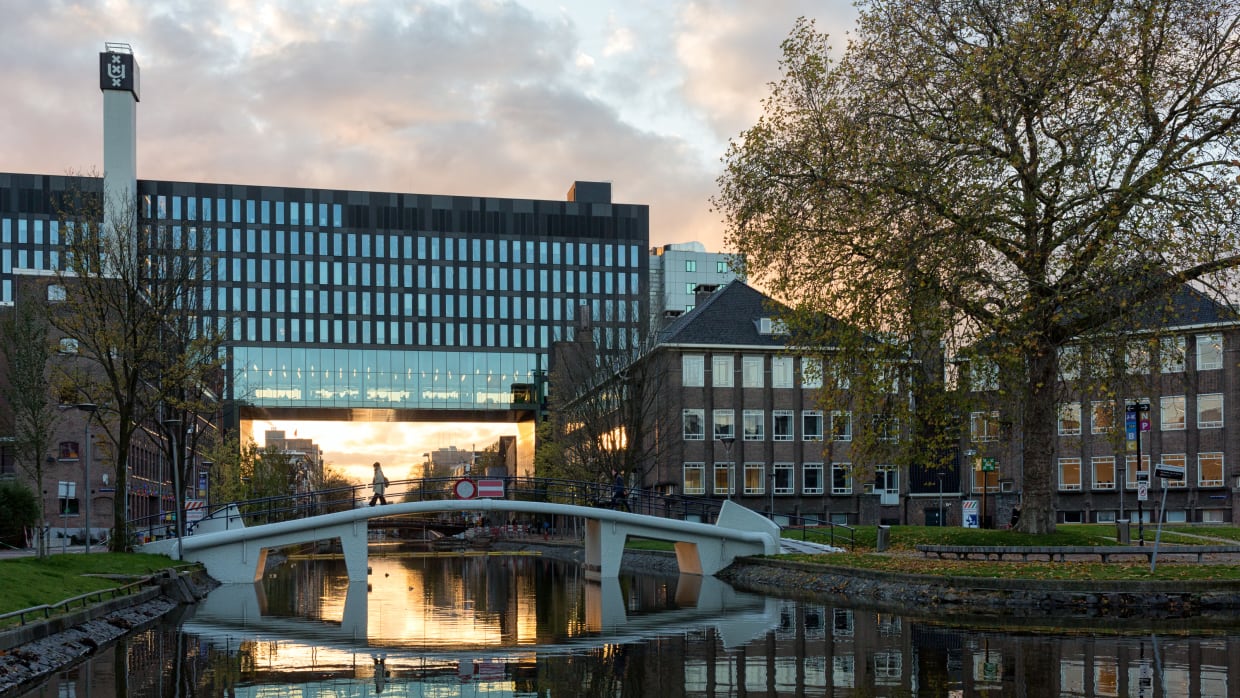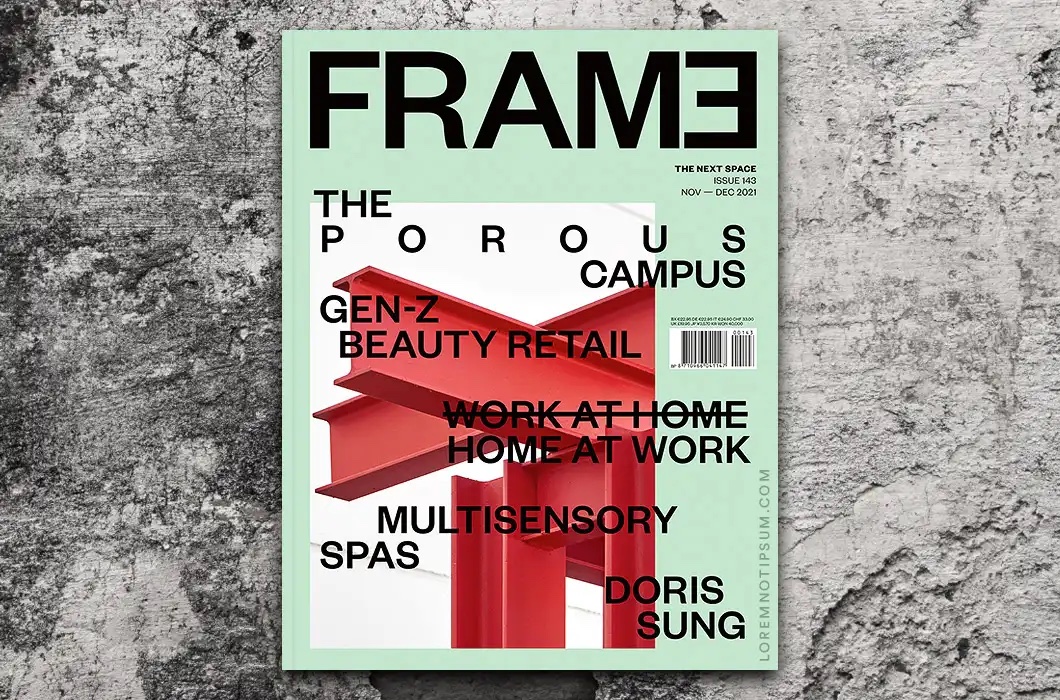Early 2000’s romantic comedies developed an idea of the magic of working for a magazine. The Devil Wears Prada made me believe that my boss would be throwing sh0es at me if I didn’t send my edit on time. 13 Going on 30 made me believe that wearing a cute outfit and choosing the trendiest color and font was all it took for success. It is true what they say about movies; they are a fantasy of and escape from reality. Working at a magazine for six months taught me many more valuable lessons than any RomCom could.
One of the main lessons from my experience was getting a better understanding of what readers want. Nowadays, people are very savvy, and they often value productive reading far more than a simple distraction for passing time. As one of the leading magazines in spatial design, Frame places most of its editorial resources on finding the most insightful and relevant stories for its readers. Frame’s audience and target group consist of interior designers, architects, manufacturing companies, and design students. Thus, finding stories and educational pieces that are the ‘latest’ in the industry is key for the journalistic integrity of the magazine. And this is not an easy endeavour. Editors need proper education in the design industry in order to even know what is needed and where to look for it. Curating and creating quality content requires time and effort, which implies that less content will be produced. What drives readers of niche magazines is quality, not quantity. This lesson is one to be applied in all aspects of life, but especially in the world of communication and content creation. Although algorithms may boost monstrous amounts of quantity, maintaining people’s attention requires quality and learning.
Stemming from the idea of quality journalism comes my second lesson, which revolves around the power of words. Publications, especially words in print, have lasting effects. When writing under the umbrella of a known and trusted brand, the words you choose matter. Tying to the theory of agenda-setting, the topics that Frame chooses to discuss will set the tone for future design across the world. Not only salience is important, but also the semantic value behind it. The idea of journalism is that you disclose opinions and editorial takes on world phenomena. Frame does this in the world of spatial design, and its editors’ opinions will have real-world consequences through the spaces we inhabit.
When thinking of magazines, we think of print. Yet, this has been rapidly changing over the last two decades. The total estimated weekday circulation of U.S. daily newspapers was 55.8 million in 2000 and dropped to 24.2 million by 2020, according to the Pew Research Center. Frame Publishers has not been exempt from this growing trend, with magazine and book sales frighteningly declining over the last five years. In an attempt to grow along with the times, not against it, Frame created their digital magazine, called Frameweb. With daily reporting and multifaceted elements, Frame’s business model is consistently moving towards digital. In my eyes, this is a sad story, for we are furthering from the heart of journalism, which is found through ink and paper. However, it is also a matter of sustainability, for how environmentally conscious is it to be printing enormous amounts of the same content when this can be done in one go through digital platforms? There is a growing debate on this matter, as publishers don’t want to have to switch to paywalls and readers don’t want to stare at screens all day. But one thing is undebatable, and that is that print is declining and Frame knows it.


